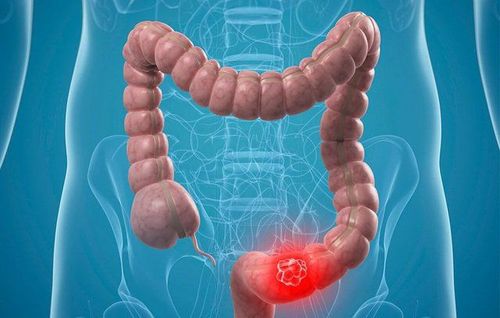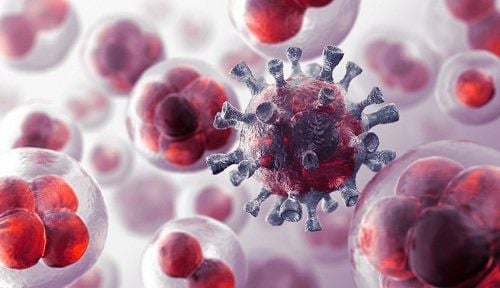This is an automatically translated article.
The article is professionally consulted by Associate Professor, Doctor, Doctor Vu Hong Thang - Oncologist - Radiation Oncology Center - Vinmec Times City International Hospital and Master, Doctor Tran Ngoc Hai - Internal Oncologist - Internal Oncology Department - Vinmec Times City International General Hospital.Adenocarcinoma forms from glandular tissues. Most cancers of the breast, pancreas, lung, prostate, and colon are adenocarcinomas. However, in the early stages, adenocarcinoma hardly causes any abnormal symptoms, making it difficult for patients to detect for early treatment.
1. What is adenocarcinoma?
Cancer that begins in the glandular (secretory) cells of some organs such as colon, breast, esophagus, lung, pancreas or prostate is called adenocarcinoma.Currently, treatments can slow or stop the disease. Based on the location and stage of growth of the tumor, the doctor will decide which treatment is best.
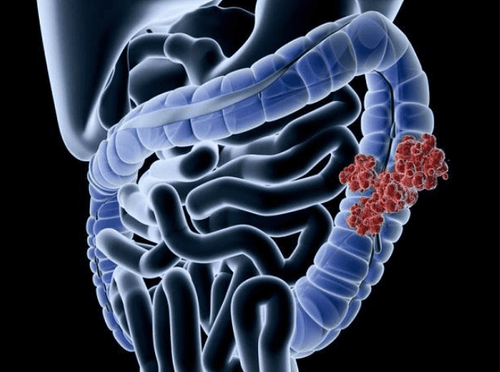
2. Starting site of adenocarcinoma
Glands are made to deliver fluids to keep the body hydrated and to function properly. Patients develop cancer when cells in these glands grow out of control and they can spread to other places, damaging healthy tissue. Adenocarcinoma usually starts in the following parts:Colon and rectum: The colon, also known as the "large intestine", is part of the digestive system. It is made up of a long tube that helps to remove water and residue from food. Adenocarcinoma begins as a small polyp and is usually harmless, but it can become malignant and spread to other organs. In addition, adenocarcinoma can also start in the rectum, which is the part of the large intestine (where waste products are accumulated from the digestion of food called stool and expelled from the body). Breast: Most breast cancers are of the adenocarcinoma type. They start in the mammary glands where milk is made.
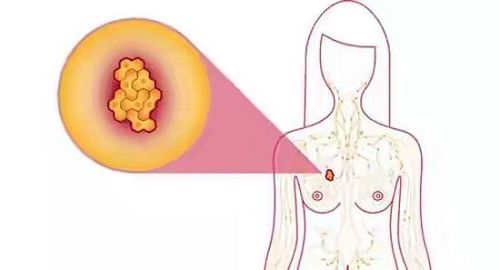
Trắc nghiệm: Thử hiểu biết của bạn về bệnh ung thư
Ung thư là nguyên nhân gây tử vong hàng thứ 2 trên thế giới. Thử sức cùng bài trắc nghiệm sau đây sẽ giúp bạn có thêm kiến thức về yếu tố nguy cơ cũng như cách phòng ngừa bệnh ung thư.
Bài dịch từ: webmd.com
3. How is adenocarcinoma diagnosed?
Patients may experience symptoms such as pain, diarrhea, bleeding or fatigue, depending on the type of cancer. However, in the early stages, the patient hardly feels anything out of the ordinary. Therefore, to diagnose the disease, the doctor will conduct an examination of the organs in the body to see if there are abnormalities such as appear. tumor or excessive growth of any part does not. If there are abnormalities, the doctor will order screening and diagnostic tests such as:Blood tests : Many cancers are shown on blood tests. For example, the doctor may check to see if the patient is anemic due to a bleeding tumor. In addition, high levels of certain enzymes can also be seen as cancer markers. Imaging tests: These tests can check for abnormal imaging. Imaging tests include CT and MRI scans. If a patient has cancer and begins treatment, imaging tests can also help doctors see if a patient's treatment is responding well.
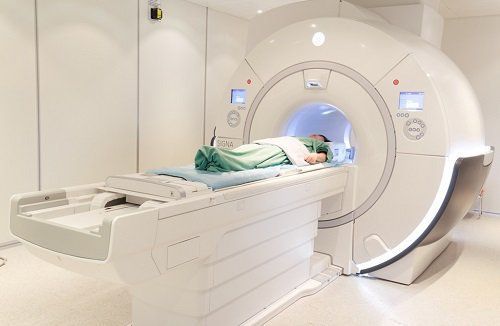
4. Treatment of adenocarcinoma
The treatments for adenocarcinoma are:Surgery: The doctor removes the tumor and surrounding tissues. Tissues will be examined to see if the tumor has been removed or is still in the body. Patients may need to combine other treatments with surgery for best results. Chemotherapy: Your doctor will use drugs to kill the prostate cancer cells, slow their growth, or even cure the disease.
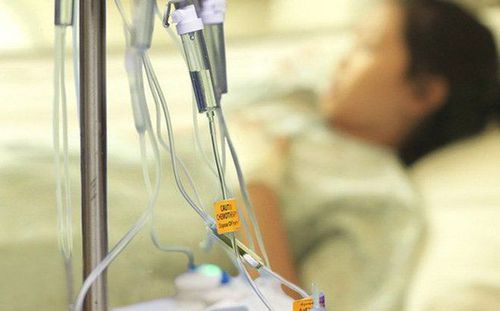
Patients may be given a combination of chemotherapy along with surgery and radiation to treat cancer. Some chemotherapy drugs can kill both cancer and healthy cells. Cancer treatment can cause side effects such as fatigue. Therefore, patients should talk to their doctors, family and friends about how they are feeling, and don't hesitate to ask them for help during treatment.
Please dial HOTLINE for more information or register for an appointment HERE. Download MyVinmec app to make appointments faster and to manage your bookings easily.





